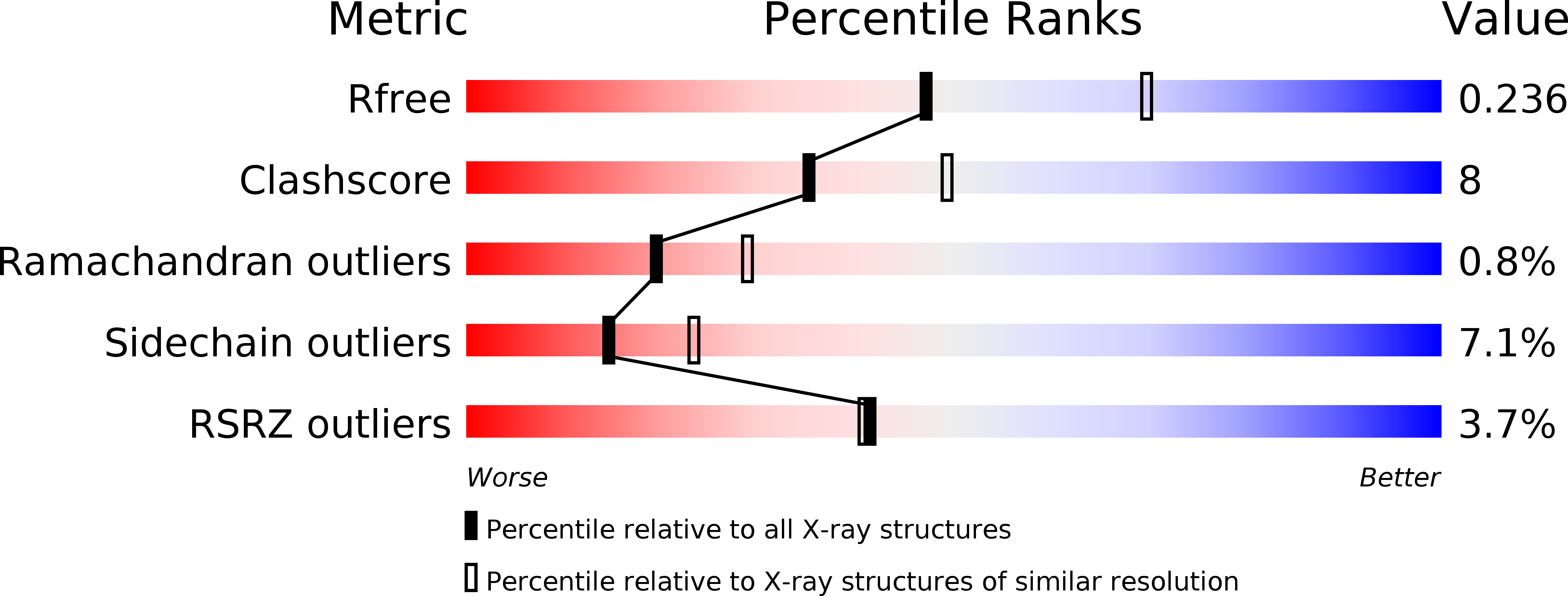
Deposition Date
2014-10-02
Release Date
2014-10-22
Last Version Date
2024-10-16
Entry Detail
PDB ID:
4RHP
Keywords:
Title:
Crystal structure of human COQ9 in complex with a phospholipid, Northeast Structural Genomics Consortium Target HR5043
Biological Source:
Source Organism:
Homo sapiens (Taxon ID: 9606)
Method Details:
Experimental Method:
Resolution:
2.39 Å
R-Value Free:
0.24
R-Value Work:
0.17
R-Value Observed:
0.18
Space Group:
P 1 21 1


